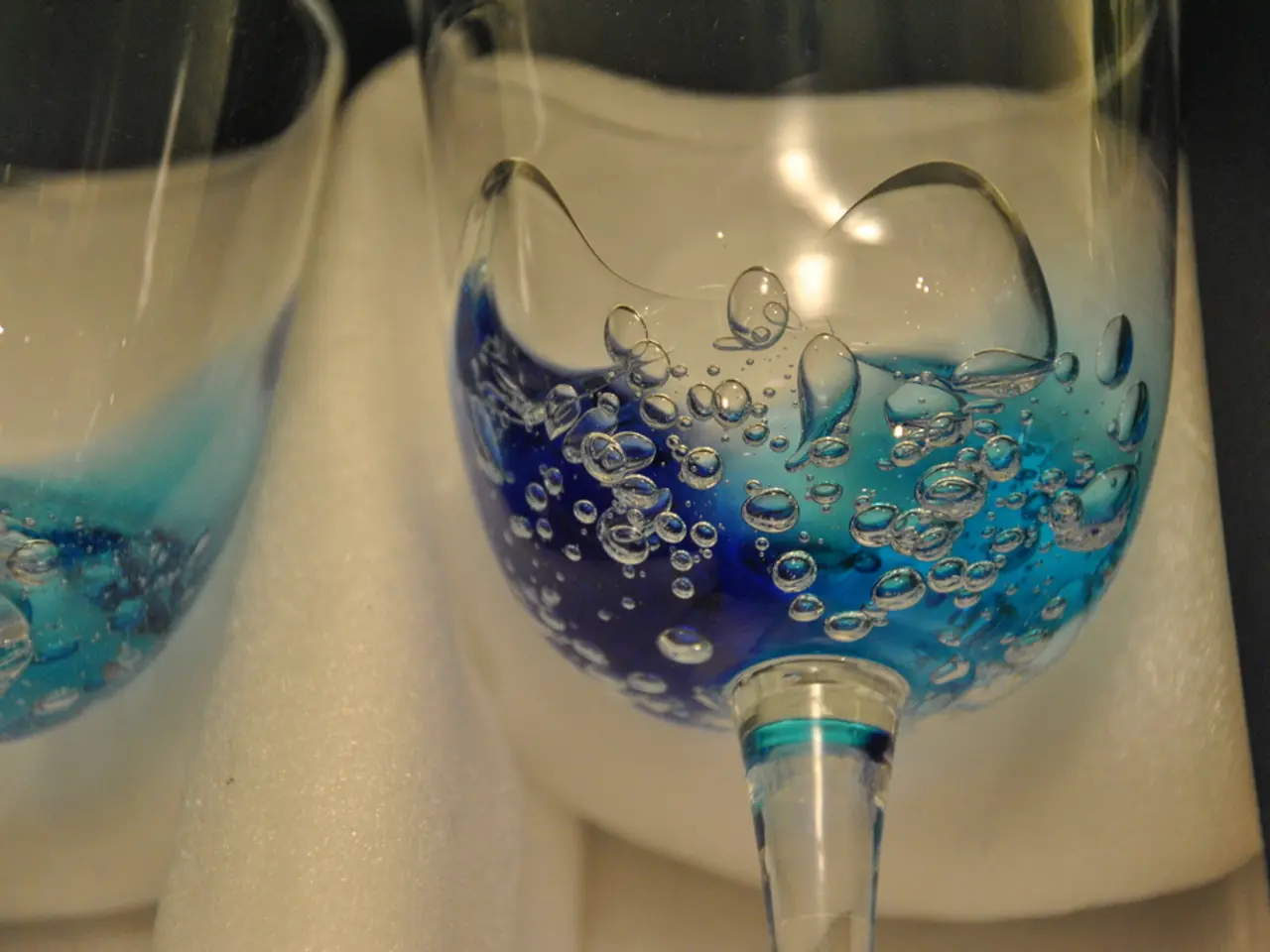Macular degeneration (wet type): Signs, origins, and additional details
In the realm of eye health, age-related macular degeneration (AMD) is a significant concern, particularly for individuals over 50 years old. AMD is a leading cause of vision loss, and there are two main types: wet and dry.
Dry AMD is the more prevalent form, accounting for about 80-90% of cases. It involves the gradual thinning of the macula, an essential area of the retina responsible for central and color vision, and the accumulation of yellow deposits called drusen beneath the retina. Vision loss happens slowly and progressively over years, often allowing time for lifestyle changes to slow progression. Unfortunately, there is no current cure for dry AMD, but dietary supplements and healthy habits may help.
Wet AMD, on the other hand, is less common, making up about 10-15% of AMD cases, but it is more severe and progresses rapidly. It occurs when abnormal blood vessels grow under the retina and macula, leaking blood and fluid that damage the macula. This leakage causes sudden and severe central vision loss, often within weeks or months if untreated. Wet AMD is responsible for most blindness related to AMD and requires prompt medical treatment to slow progression.
All AMD starts as dry AMD; about 10-15% of people with dry AMD eventually develop wet AMD due to new abnormal blood vessel growth. It's essential to note that wet AMD does not revert back to dry AMD once it develops.
Symptoms of wet AMD may include gaps and dark spots in the central vision, difficulty seeing finer details or colors of objects, sensitivity to light, difficulty reading, and straight lines appearing wavy. People experiencing these symptoms should consult a medical professional immediately.
Diagnosis often involves pupil dilation, optical coherence tomography (a type of scan that uses light waves to take images of the eye), and fluorescein angiography (a procedure that involves injecting a special dye and taking pictures of the retina to detect leakages).
Treatment for wet AMD typically involves anti-vascular endothelial growth factor (VEGF) medications, which are prescribed to reduce the number of abnormal blood vessels affecting the retina in wet macular degeneration. These medications are administered through injections into the eye.
Early detection and treatment are crucial for managing wet AMD, as late treatment can lead to severe complications, such as severe central vision loss that prevents normal daily activities. Regular eye exams and adherence to a healthy lifestyle can help manage the risk factors associated with macular degeneration, such as eating a diet low in saturated fats, maintaining a healthy weight, quitting smoking, managing high blood pressure, and having a family history of macular degeneration.
For more information and resources, visit the American Macular Degeneration Foundation (AMDF). They provide valuable information and support for those affected by AMD.
- Many individuals over 50 years old are concerned about age-related macular degeneration (AMD), a significant eye health issue.
- Dry AMD, the more common form of AMD, accounts for around 80-90% of cases and involves the thinning of the macula and accumulation of drusen.
- Dietary supplements and healthy habits may help in managing dry AMD, but there is no current cure for this condition.
- Wet AMD, less common than dry AMD, accounts for about 10-15% of cases and is more severe due to abnormal blood vessel growth under the retina.
- Symptoms of wet AMD may include gaps and dark spots in central vision, difficulty seeing details or colors, sensitivity to light, difficulties reading, and wavy straight lines.
- Diagnosis of AMD often involves pupil dilation, optical coherence tomography, and fluorescein angiography.
- Treatment for wet AMD typically includes anti-VEGF medications injected into the eye to reduce abnormal blood vessel growth.
- Early detection and treatment are crucial for managing wet AMD to prevent severe central vision loss and complications.
- Adherence to a healthy lifestyle, such as a diet low in saturated fats, maintaining a healthy weight, quitting smoking, managing high blood pressure, and family history management, can help manage the risk factors associated with macular degeneration.
- Regular eye exams are important for early detection and treatment of AMD and can help manage the risk factors associated with macular degeneration.
- For those affected by AMD, the American Macular Degeneration Foundation (AMDF) provides valuable information and support.
- Science continually seeks new therapies and treatments to slow down or even reverse the degeneration process of the macula.
- Mental health, skin care, and men's health are also important aspects of overall health and wellness, along with eye health.
- Fitness and exercise, nutrition, weight management, and cardiovascular health are other key components of a comprehensive health and wellness approach.
- In the pursuit of overall health and wellness, addressing chronic diseases, medical conditions, skin conditions, and sexual health, among others, is essential, along with taking care of aging parents and children.




